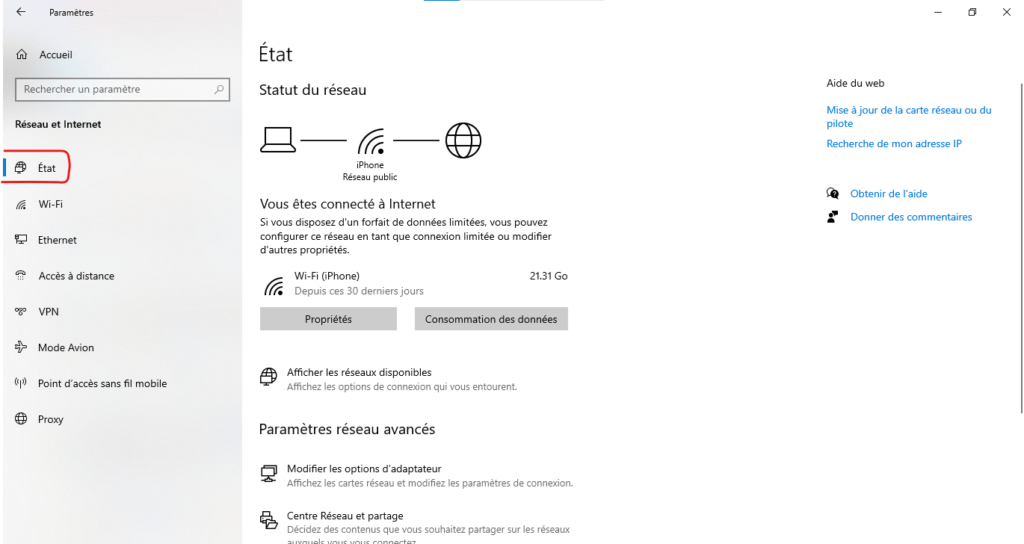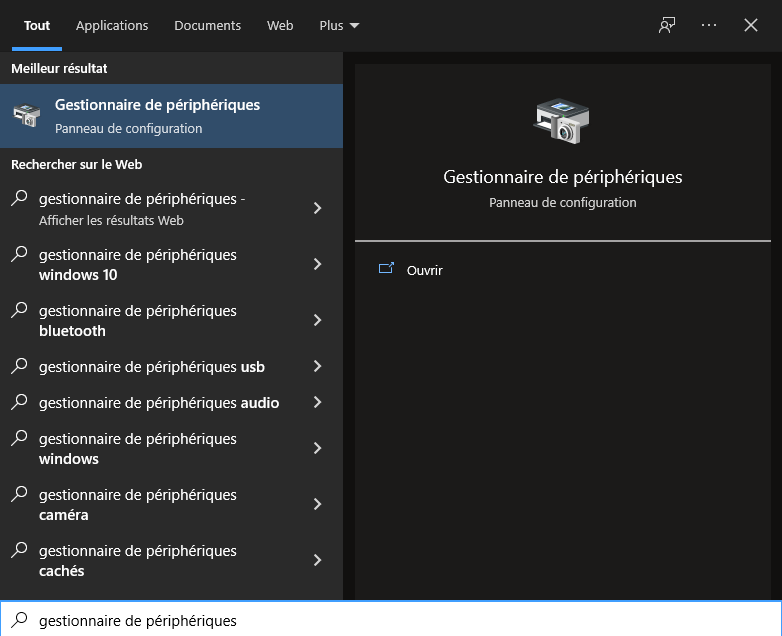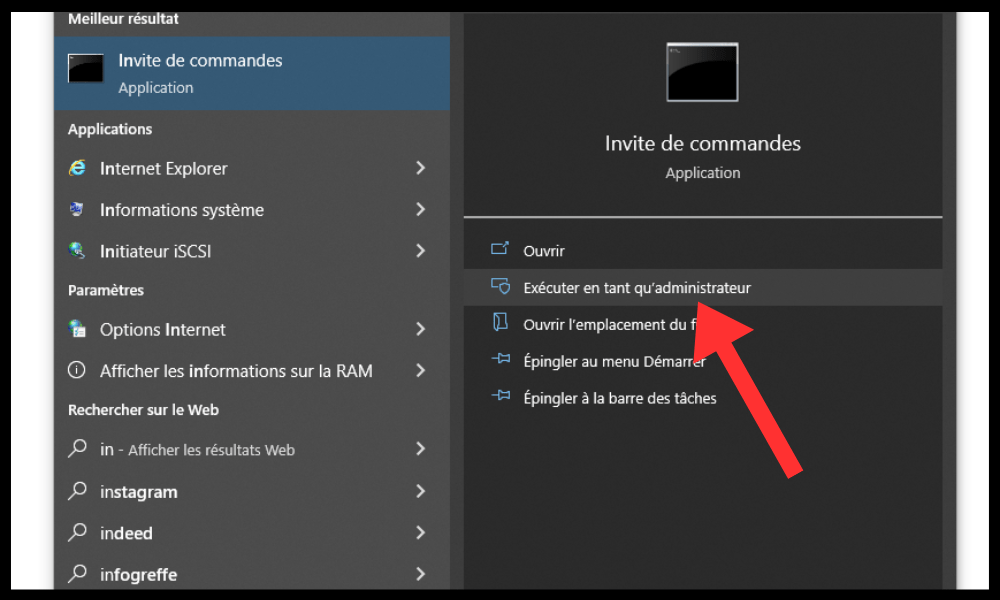Are you on Windows 11 and the Wi-Fi option has mysteriously disappeared? Do not panic ! This problem, although frustrating, is often easy to resolve. In this article, we'll explore the different possible causes and provide you with step-by-step solutions, accompanied by clear, simplified explanations to help you get your Wi-Fi connection in the blink of an eye.
1. Run Windows Troubleshooters
Start by launching Windows 11's built-in troubleshooters. They can often identify and automatically fix Wi-Fi connection issues.
1.1 Internet Connection Troubleshooter
- Click Start > Settings > Network & Internet > Status .

- Under Change your network settings , select Troubleshoot .
- Internet Connection Troubleshooter .
1.2 Network Adapter Troubleshooter
If the problem persists, run the Network Adapter Troubleshooter:
- Open Device Manager (right-click Start).

- Expand Network Adapters .
- Right-click your network adapter and select Troubleshoot .
2. Enable Wi-Fi adapter in network connections
Your Wi-Fi adapter may simply be disabled. Let's check its status:
- Click the Network in the system tray.
- If Wi-Fi is turned off, click the Wi-Fi to turn it on.

If the Wi-Fi option is missing, follow these steps:
- Open Settings > Network & Internet > Wi-Fi .
- Enable the Show available networks .
- If your Wi-Fi network is visible, select it and click Connect .
3. Update network card drivers

Outdated drivers can cause connectivity issues. Make sure your network card drivers are up to date:
3.1 Automatic driver update
- Open Device Manager .
- Expand Network Adapters .
- Right-click your network adapter and select Update Driver .
- Choose Search automatically for updated drivers .
3.2 Manually updating drivers
If the automatic update fails, you can manually download and install the latest driver from your network card manufacturer's website.
4. Configure the network adapter power supply management settings
Windows may sometimes disable the Wi-Fi adapter to save power. Change these settings:
- Open Device Manager .
- Expand Network Adapters .
- Right-click your network adapter and select Properties .

- On the power supply Management , uncheck the Allow the computer to turn off this device to save power check box .

5. Enable WLAN auto-configuration service
This service is crucial for managing Wi-Fi connections. Make sure it is enabled:
- Press Windows + R to open the Run .
- Type services.msc and press Enter .
- WLAN Auto-Configuration service .

- Double-click the service and make sure the Startup Type is set to Automatic .
- Click Start if the service is stopped.

6. Reinstall the Wi-Fi device driver
Reinstalling the driver may resolve corruption issues:
- Open Device Manager .
- Expand Network Adapters .
- Right-click your network adapter and select Uninstall Device .
- Restart your computer.
- Windows will automatically reinstall the driver upon reboot.
7. Reset the network device and network stack
7.1 Reset network device
Step 1: Open Command Prompt with administrative rights
- Right-click the Start and select Command Prompt (Admin) .

- If a User Account Control pop-up appears, click Yes to allow running Command Prompt with elevated privileges.
Step 2: Run the reset command
- In the Command Prompt, type the following command:
netsh int ip reset c:\resetlog.txt
Explanation of the command:
netshWindows network configuration toolint: Network interfaceip: Internet Protocolreset: Resets network settingsc:\resetlog.txt: Saves a log of the reset to theresetlog.txton the C:\ drive
Step 3: Restart the computer
Restart your computer for the changes to take effect.
7.2 Reset the network stack
- In Command Prompt, type the following commands one by one, pressing Enter after each:
netsh winsock reset netsh int ip reset all ipconfig /release ipconfig /renew ipconfig /flushdns
- Restart your computer.
8. Advanced Solutions (If the previous solutions do not work)
If none of the solutions above resolve the issue, more advanced solutions may be necessary:
8.1 Check for hardware interference
Remove any USB or Bluetooth devices that may interfere with the Wi-Fi signal.
8.2 Edit the Windows Registry (Warning: Proceed with caution)

⚠️ Warning: Editing the Windows may cause system problems. Only instructions provided by reliable and technical sources should be followed. It is strongly recommended to create a system restore point before making these changes.
8.3 Reset Windows 11 (as a last resort)
If all other solutions fail, you can consider resetting Windows 11 to its default settings. Remember to backup your important data before performing the reset.
Conclusion
By following these steps, you should be able to resolve the issue of missing Wi-Fi option in Windows 11. If you are still having difficulty, do not hesitate to consult Microsoft technical support or your card manufacturer network for further assistance.




